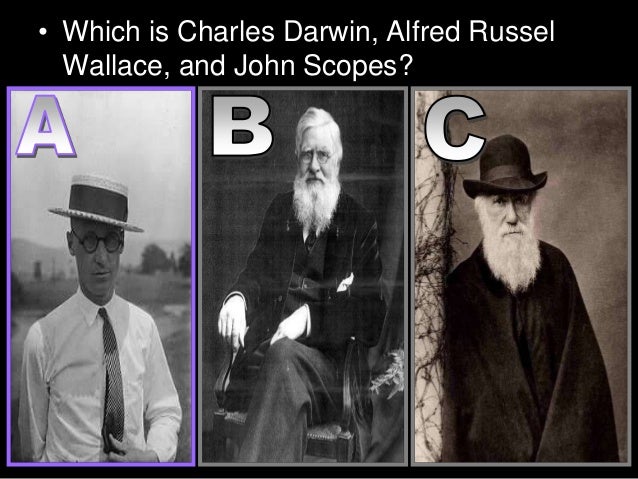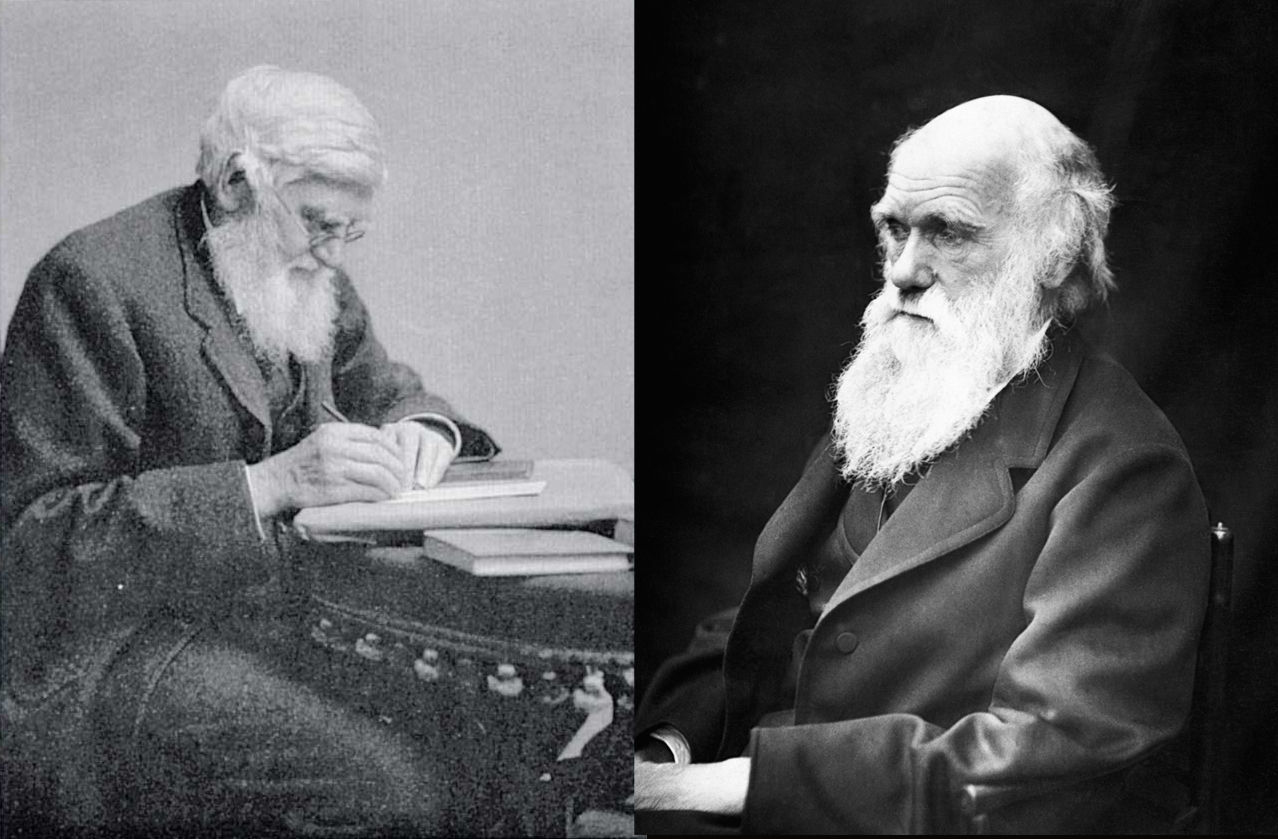

How that distribution came to be is a curious question. But some are also found in South America. Marsupials, for instance, are found mostly in the Australian realm. He was intrigued by why certain groups were found only in some parts and not elsewhere as well as the linkages - both geographical and geological or over time - between such species found in particular locations.

He was convinced that plants, animals and other beings weren’t randomly placed on our planet.

Wallace also founded the field of biogeography or the distribution of species on Earth. He aimed to disprove Charles Lyell, a wellknown geologist who argued elaborately against the possibility of species change. He planned to write a book arguing for the idea of species change - this was considered heretical by many but Wallace was convinced that transmutation in nature was the truth. There, apart from collecting and cataloguing over 1,20,000 specimens, drawing breath-taking illustrations and recording data, he also established his famous Species Notebook. In 1854, Wallace went to Southeast Asia, visiting Indonesia, Papua New Guinea, peninsular Malaysia, etc., over the next eight years. But, being extremely resilient, he decided to travel again, this time, to a different part of the world. On the way home, he also lost almost everything he’d collected, from specimens to notes, when the ship carrying him was destroyed. But his enthusiasm to study nature never dimmed. They suffered many privations though and Wallace even lost his younger brother during these difficult travels. In 1848, they journeyed to South America, carrying out explorations over four years across Amazonia, the Rio Negro river, areas corresponding to modern-day Venezuela, Colombia, etc., collecting a huge number of specimens. His research and work on Wallace continues.A FRIENDLY FACE: Wallace remained intrigued by orangutans in Borneo. He has edited Alfred Russel Wallace’s Theory of Intelligent Evolution: How Wallace’s World of Life Challenged Darwinism (Erasmus Press, 2008) and authored Alfred Russel Wallace: A Rediscovered Life (Discovery Institute Press, 2011).

His most recent research interest has been on the co-discoverer of natural selection, Alfred Russel Wallace (1823-1913). He has written and taught extensively on the history of medicine and science. He holds degrees in library science from the University of Kentucky and history from California State University, Dominguez Hills. Flannery is professor emeritus of UAB Libraries, University of Alabama at Birmingham. Michael Flannery Fellow, Center for Science and Culture Michael A. Some of Flannery’s recent experience with historians of science, though, shows there is at least hope in some quarters for increasing academic openness today. The surprising word come out of this conversation is how open Darwin was to Wallace’s opposing viewpoint - unlike many Darwinists today. On this episode of ID the Future host Mike Keas talks a third time with Michael Flannery about Flannery’s new book Nature’s Prophet: Alfred Russel Wallace and His Evolution from Natural Selection to Natural Theology.
Charles darwin and alfred wallace download#
Download file | Play in new window | Duration: 00:15:02 | Recorded on August 20, 2018


 0 kommentar(er)
0 kommentar(er)
